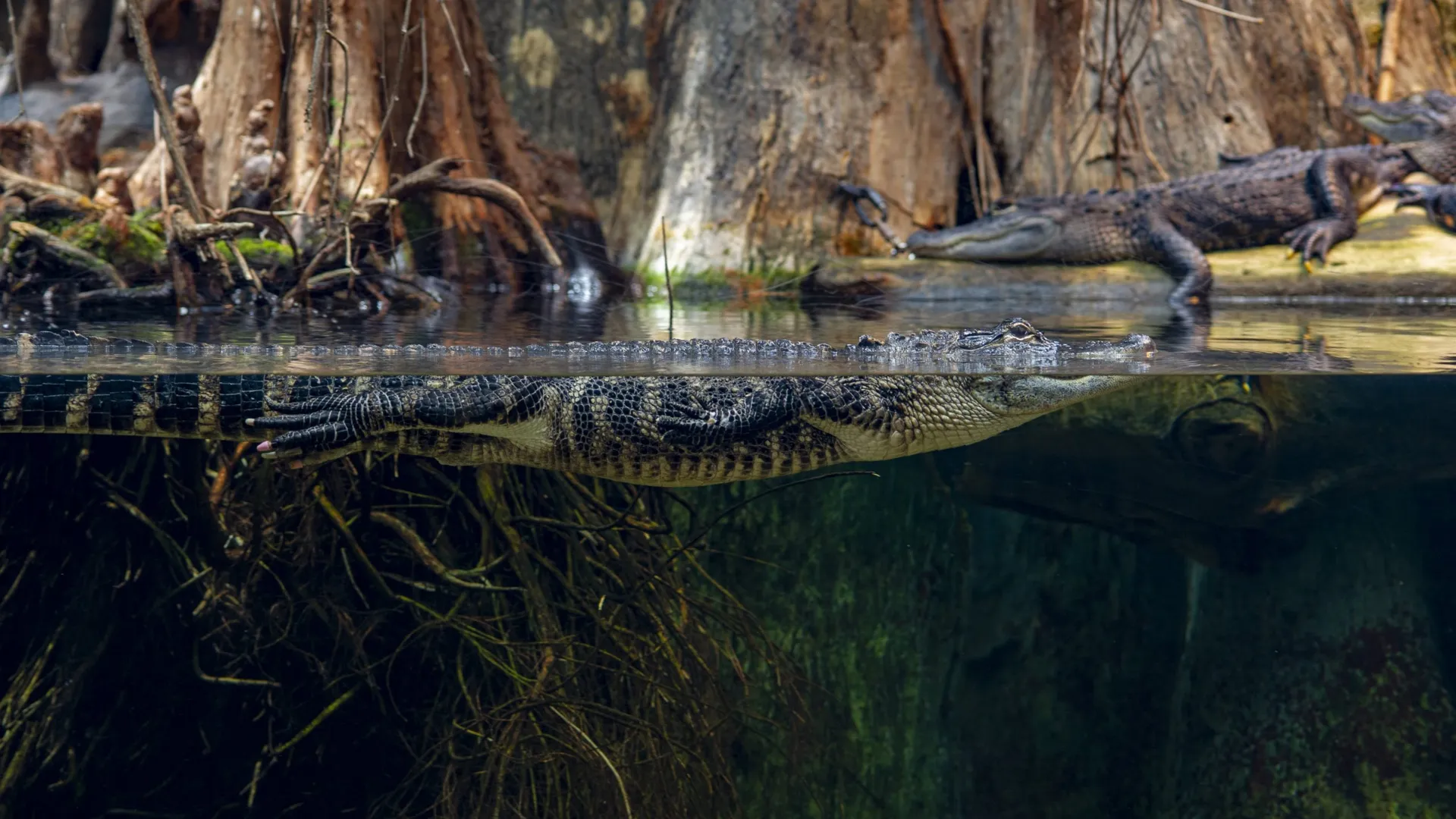“Every drop matters.”
That’s a simple, albeit potent, explanation of water’s importance and a touchstone mantra for Dr. Anna George, the Aquarium’s vice president of conservation science and education.
August is National Water Quality Month and a perfect time to consider how much every drop matters — in the Aquarium and across the planet.
In the midst of summer swelter, particularly in the Southeast, it’s easy to see water’s value in every trip to the faucet or dip in the pool. Still, in truth, it is absolutely fundamental to the existence of all life on Earth.
Whether you’re an endangered mussel in a stream, an American Alligator gliding through the Aquarium’s Delta Country gallery or just thirsty on a hot day, water’s significance is incalculable.
For aquatic animals, water is their entire world. Without access to clean water, nearly 8 billion people would be in decidedly dire straits. Taken in that light, Dr. George’s mantra suddenly starts to — well — hold a lot of water, especially considering only 3 percent of the planet’s supply is fresh and drinkable.
“Freshwater means so many different things to us, and it changes at different times,” Dr. George says. “It’s a resource and a place. It is a playground and a necessity. We can see worlds in a drop of water.”
We can see worlds in a drop of water.
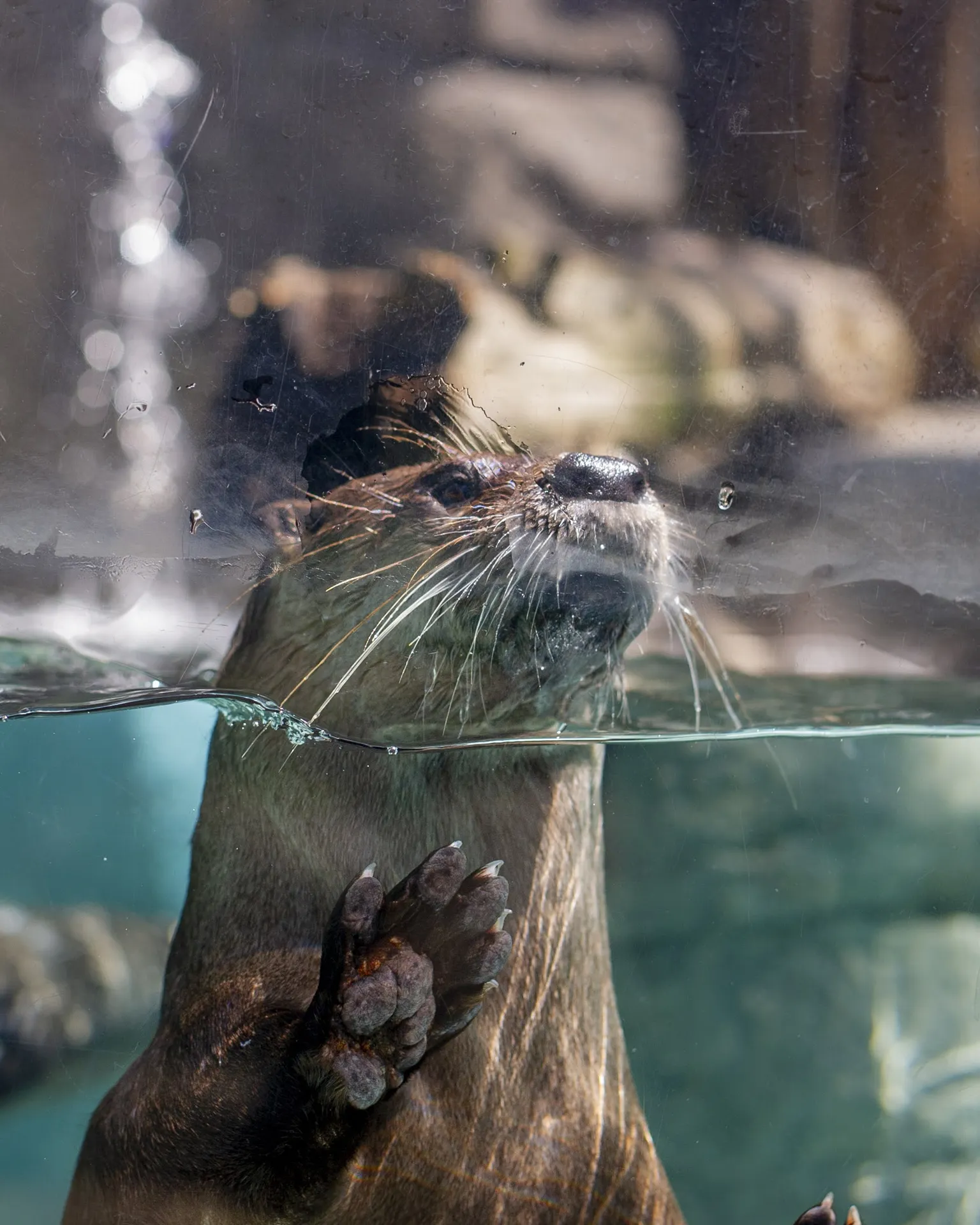
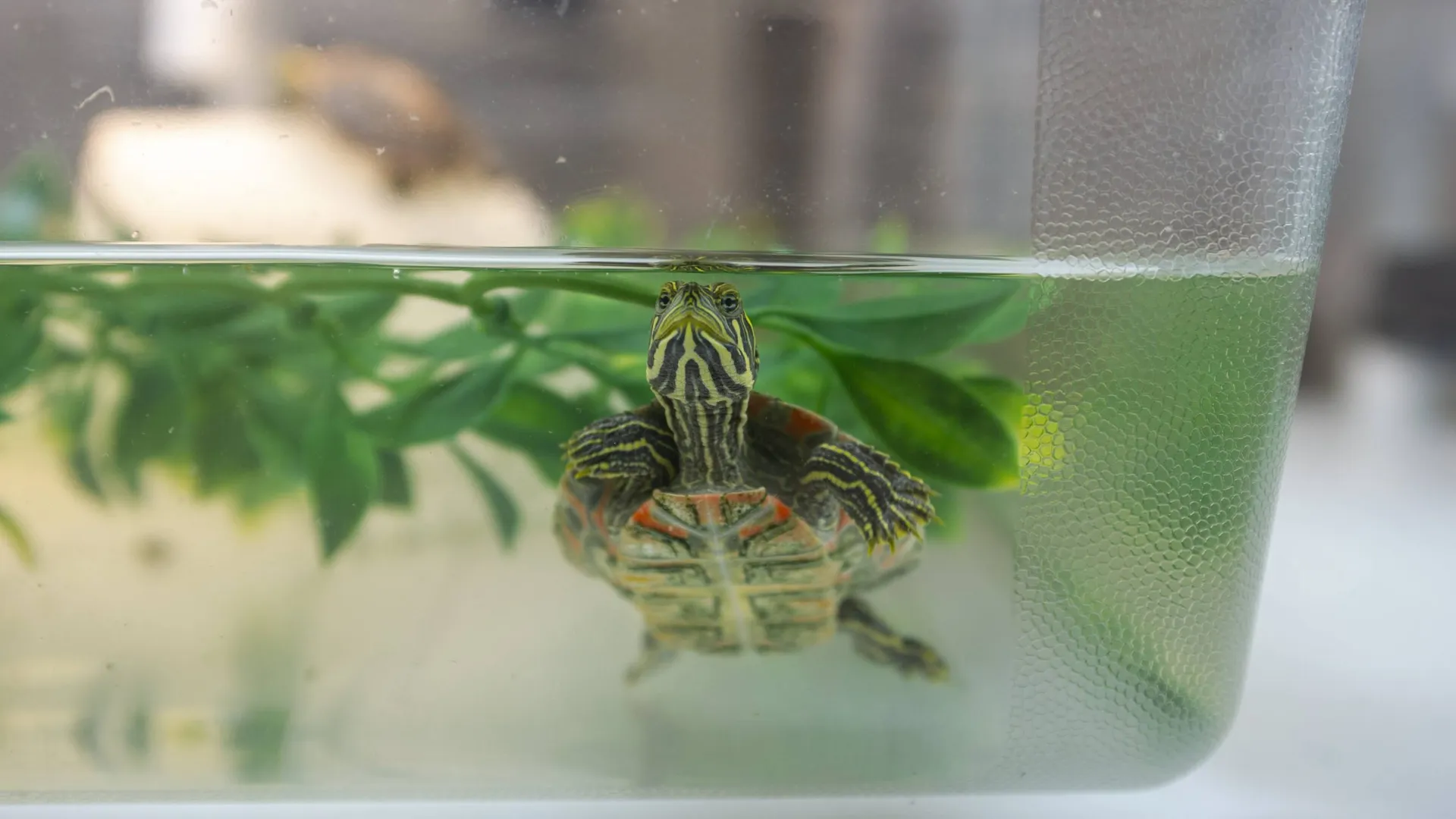

The Aquarium’s living collection lives and (literally) breathes based on the quality of the water in hundreds of exhibits and backup systems. At any moment, 1.1 million gallons are flowing through the River Journey and Ocean Journey buildings, with another 100,000 gallons or so circulating in an off-site animal care facility.
To minimize the amount the Aquarium uses in its largest exhibit — the 618,000-gallon Secret Reef — much of this water is collected, cleaned, compared against a natural control and treated, if necessary, before being recirculated. The Reef’s water is recycled through the Aquarium’s life support systems every two hours despite its massive size. Other exhibits cycle multiple times each hour.
By any measure, that’s a lot of drops of water, and constantly monitoring the cleanliness and quality of that countless multitude is crucial to the safe operation of the Aquarium. For more than 20 years, this critical duty has been shouldered by the Aquarium’s senior lab technician, Tina Stewart.
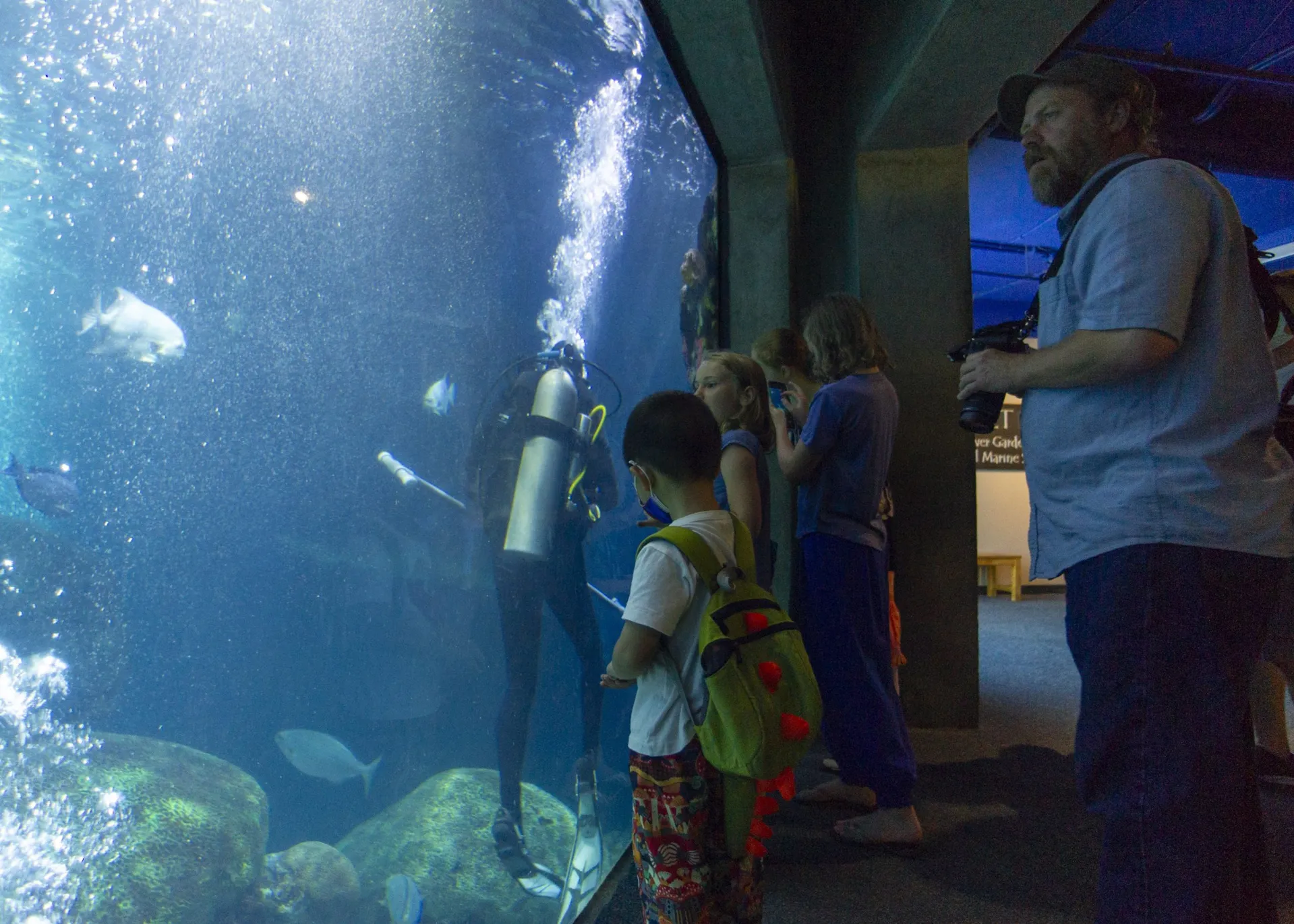
Stewart operates out of water quality labs in the River Journey and Ocean Journey building. From these bases of operation, she employs a suite of testing equipment to constantly scrutinize samples for a variety of water quality indicators, whether it’s levels of ammonia in River Otter Falls, acidity in the Penguins’ Rock gallery or bacterial counts of the artificial stream on the Aquarium’s plaza.
Basically, if it’s wet at the Aquarium, it falls under her purview.
“Yeah, pretty much, but I don’t look at it like that. Otherwise, I’d freak out,” she laughs. “But you’ve got to monitor those parameters to know where you are. It gives you a baseline, week to week, to tell you what your system is doing.
“Every exhibit behaves differently, so if something goes awry, then having that data gives you a chance to identify and quickly correct the issue.”
Despite her role’s importance, few visitors likely notice or take the time to consider the necessity of being proactive in evaluating and addressing water quality at the Aquarium. They’re too busy having fun watching the animals to pay much attention to what they’re swimming through or diving into.
“They don’t think about the need for my job,” Stewart chuckles.
On a good day, she says, the thousands of guests exploring the galleries have no idea one person’s watchful eye is monitoring the health of the Aquarium’s many aquatic habitats. They just see beautiful, clear water and amazing animals exhibiting natural behaviors.
“There are many days like that, fortunately,” Stewart says. “And if something does happen, it’s not just me looking for an answer. Our operations team is involved, and they ask things like, ‘When did we last do maintenance on this system? When did we last change things out?’ Everyone comes together to find solutions when challenges arise.”
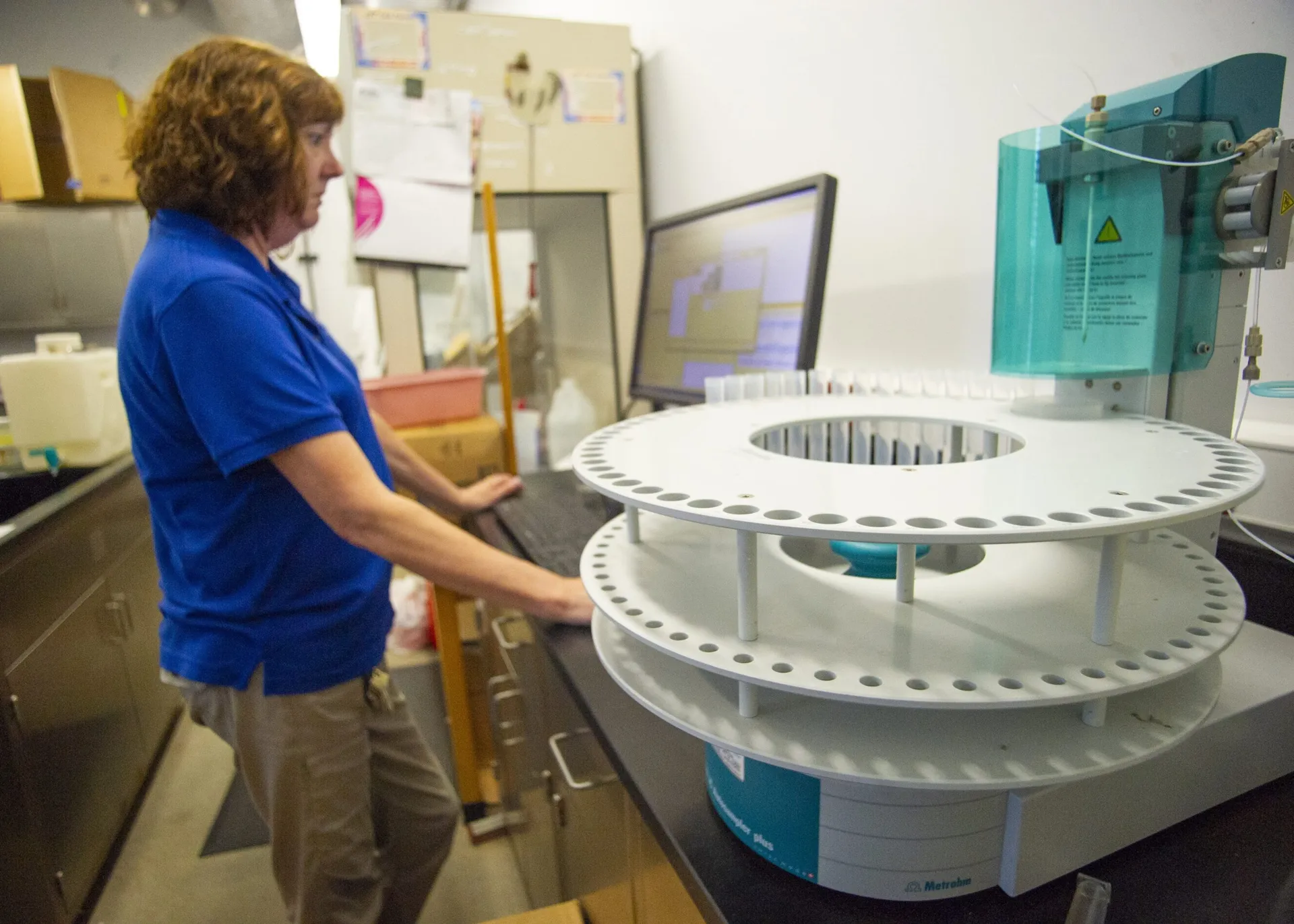
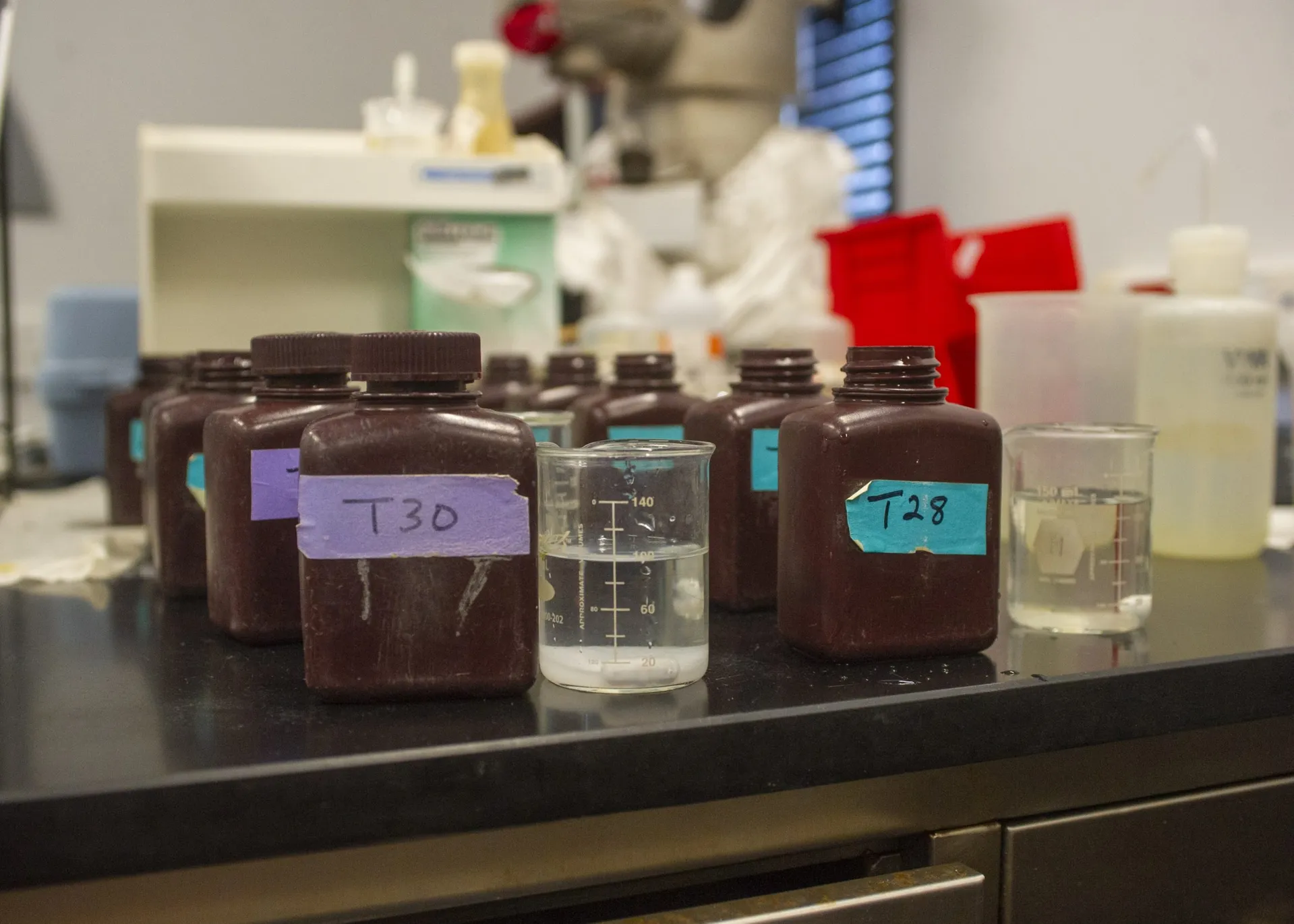
Stewart describes hers as a “support role” at the Aquarium. Even though she isn’t directly responsible for the care of an exhibit, her job ultimately helps ensure the health of each of the Aquarium’s 12,000 animals.
Just as in nature, the bedrock of animal welfare is clean water. Regardless of whether it’s National Water Quality Month or just a Monday, the health of the Aquarium’s aquatic resources is absolutely paramount, says Thom Demas, the Aquarium’s director of aquatic collection and life support systems.
“Water quality assurance is something a lot of people don’t think about,” he says. “If you have a dog or a cat or a turtle, we don’t have to think a lot about the quality of their air because it’s pretty much the same as what we require to breathe. With fish, they’re not just swimming in the water, they require the water conditions to be ideal for them to breathe.
“In terms of keeping the exhibits pretty and the water healthy and looking good, Tina is totally a hero.”
